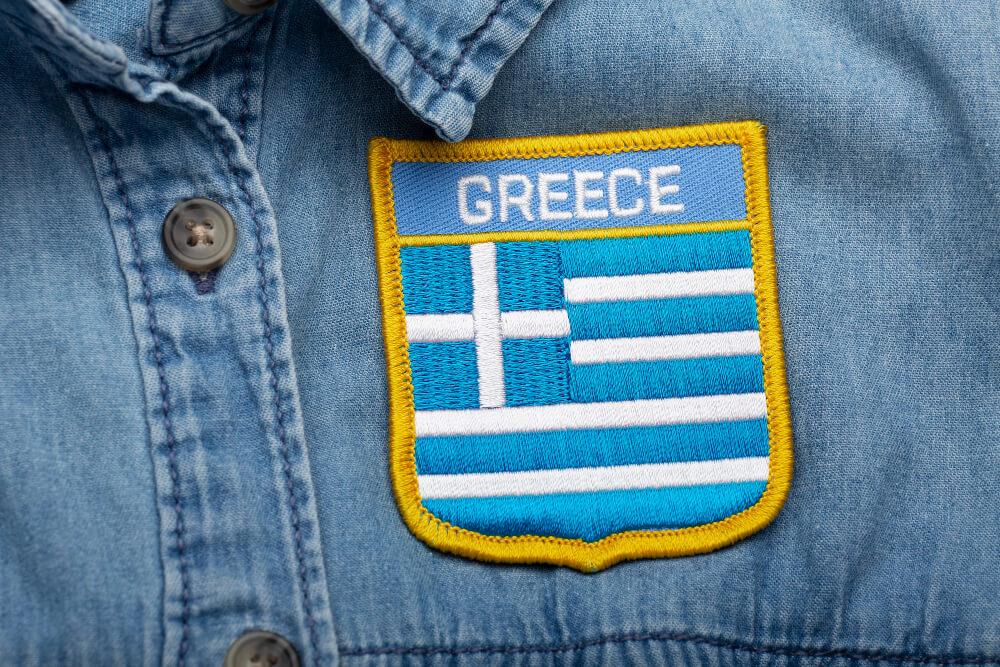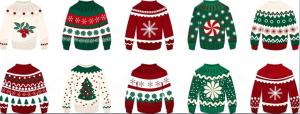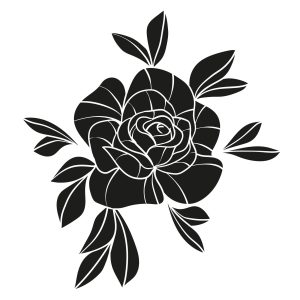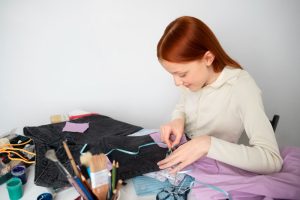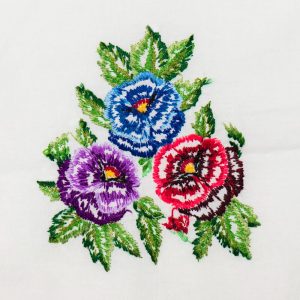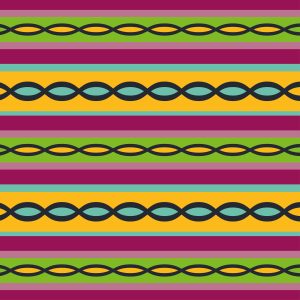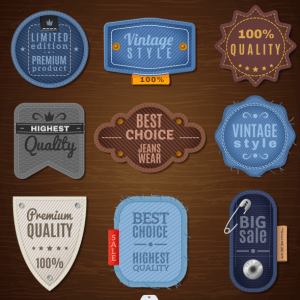Embroidered badges add a professional and personal touch to clothing, accessories, and crafts. With the right tools and guidance, making your own badge is simple and fun. This guide from Qualitycare will walk you through the process step-by-step, helping you create beautiful and durable embroidered badges for teams, clubs, or personal projects.
You’ll Need
Gather these essentials before you start:
- Embroidery thread (various colors)
- Embroidery hoop
- Fabric (cotton or canvas works best)
- Embroidery needle
- Scissors
- Pencil or fabric marker
- Optional: Adhesive backing or heat-seal for patches
- Template for your design (hand-drawn or printed)
Instructions Step-by-Step
Make Your Own Badge
1. Choosing a Shape and Size
Decide the shape of your badge—circle, oval, shield, or any custom shape. Draw or print the design, ensuring it is clear and sized appropriately for embroidery.
2. Prepare the Fabric
Cut a piece of fabric slightly larger than your badge design. Stretch the fabric tightly in the embroidery hoop to prevent puckering while stitching.
3. Design Transfer
Use a pencil or fabric marker to trace your design onto the fabric. Center it in the hoop for accurate and even embroidery.
4. Start Embroidering
Thread the needle with 2–3 strands of embroidery thread for detail work. Use:
- Backstitch for outlines
- Satin stitch for solid fills
- French knots for intricate details
Follow the design carefully for consistency and professional quality.
5. Finish the Badge
Trim the excess fabric around your design once embroidery is complete. Seal the edges using fabric glue or a zigzag stitch to prevent fraying. Apply adhesive or heat-seal backing to the reverse side for durability.
Success Tips
Applications for Embroidered Badges
Embroidered badges are versatile and can be used for:
- Uniforms for schools, sports, or work
- Promotional items and branding
- Personalized gifts for friends and family
- Scouts, clubs, or hobby groups
FAQs About Embroidered Badges
Q: Can I use any fabric for embroidered badges?
A: Cotton and canvas are ideal because they are durable and easy to embroider.
Q: How can I prevent my embroidery from puckering?
A: Keep the fabric taut in the hoop and avoid pulling the thread too tightly.
Q: What is the best method to attach embroidered badges?
A: Heat-seal backing provides a secure, professional finish, but adhesive can also work for casual projects.
Final Thoughts
Making embroidered badges is a rewarding DIY craft that combines creativity with skill. By following this guide from Qualitycare, you can create professional-quality badges that are perfect for uniforms, gifts, branding, or personal projects.
Embrace the process, practice your stitches, and enjoy the satisfaction of producing a badge you can proudly display or gift.

